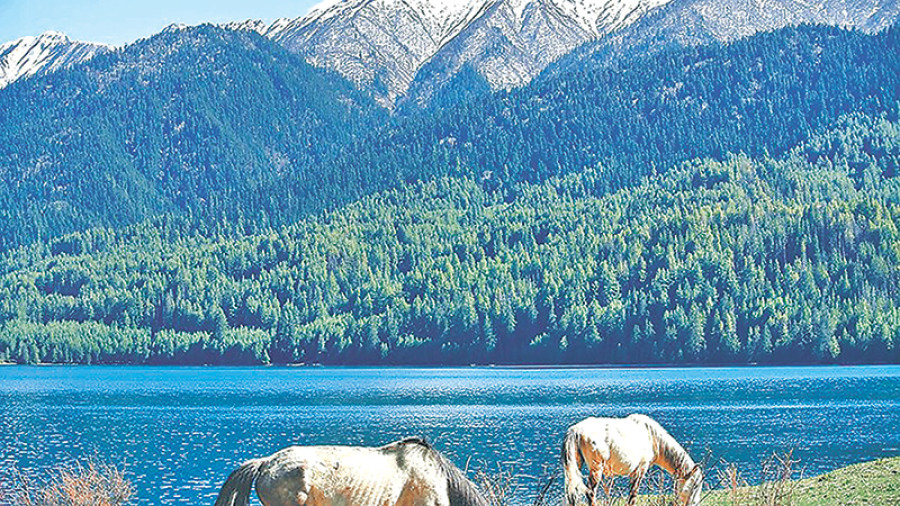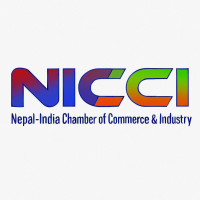Money
Lack of facilities likely to mar Karnali Rara Tourism Year
The provincial government of Karnali Province has declared upcoming Nepali year 2075 BS as Karnali Rara Tourism Year, but the region’s key tourist attraction, Rara Lake, lacks proper infrastructure to accommodate sightseers.
Raj Bahadur Shahi
The provincial government of Karnali Province has declared upcoming Nepali year 2075 BS as Karnali Rara Tourism Year, but the region’s key tourist attraction, Rara Lake, lacks proper infrastructure to accommodate sightseers.
With just a week remaining for the campaign to start, local tourism entrepreneurs are complaining that it will be difficult to increase the length of stay of tourists as standard hotels, good roads, regular electricity supply and reliable communication facilities are lacking.
Danphe Guest House and Village Heritage Resort, two hotels situated near Rara Lake, can accommodate only 100 people at a time. There are more than two dozen hotels at Majhghatta and Lamachaur, but tourists do not like to stay there due to their substandard service.
“If more than 100 persons were to arrive at the same time, it will be difficult to accommodate them,” said Dipak Raut, manager of the Village Heritage Resort. “When we run out of rooms, we accommodate guests in tents.” Similarly, the electricity supply and internet connection are not reliable, and one has to use solar power to recharge mobile phones and cameras. Visitors do not stay for more than a few days as facilities are not available, and it is impossible to increase the length of stay, said Devi Krishna Rokaya, chairman of the Rara Tourism Development Committee.
Only three rubber rafts are available on the lake, and tourists have to wait for hours for their turn to go rafting. Likewise, there are no reliable means of transportation to reach popular destinations. Tourists can fly or drive to Mugu district, but the services are not reliable. It is a 35-minute flight from Nepalgunj to Mugu, but the airfare is very high. A roundtrip ticket and hotel accommodation at Rara costs around Rs25,000.
Tourists who opt to go overland have to endure a grueling trip over bad roads lasting more than one and a half days. Travelers also complain about lack of proper hotels and other facilities on the route.
However, a few travel agencies in the region claim that they have been arranging good facilities for tourists visiting the lake. “We offer air and land transport services to tourists wishing to visit Rara,” said Raju Karki, executive manager of Visit Karnali. These agencies also arrange treks for visitors who want to visit Rara on foot. Rara Lake is a seven-day trek from the far western region.
Rara Lake is situated at an altitude of 2,990 metres (9,810 feet) above sea level and has a surface area of 10.8 square kilometres, making it the largest lake in Nepal. The water depth in the deepest part of the lake is 167 metres (548 feet). Rara Lake’s pristine water containing a variety of indigenous fish species are its main draw.
The number of tourists visiting the region has increased of late. Domestic visitors, in particular, are flocking to the region, attracted by its stunning scenery and unspoiled environment. Swelling domestic arrivals have been a boon to the local tourism industry as foreign tourists are reluctant to visit the place due to lack of proper infrastructure.




 9.12°C Kathmandu
9.12°C Kathmandu.jpg)














